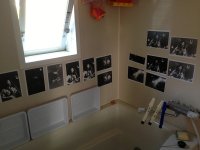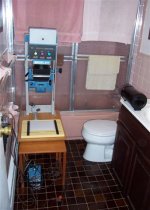Chris101
summicronia
This may not fit here, but have any of you compared the cost of scanning negatives and then printing in a home printer, versus printing in your own darkroom.
I am reactiviting(?) my darkroom which is well equipped for both developing film and paper. A great enlarger etc.
No problem developing film again, but I just stare at the dry side of the room and ponder...
Thank you for the help.
Cost doesn't really come into it, because the prints from a digital system are qualitatively different than the prints from a wet chemistry darkroom.



